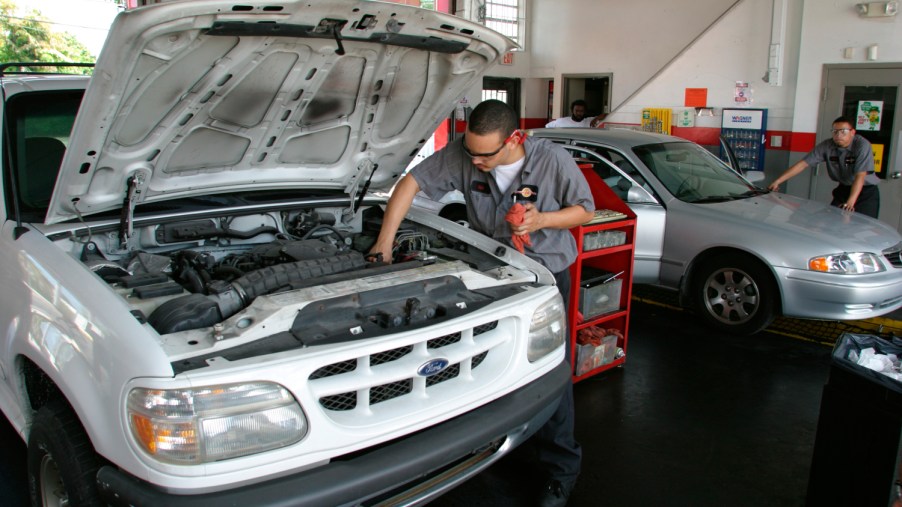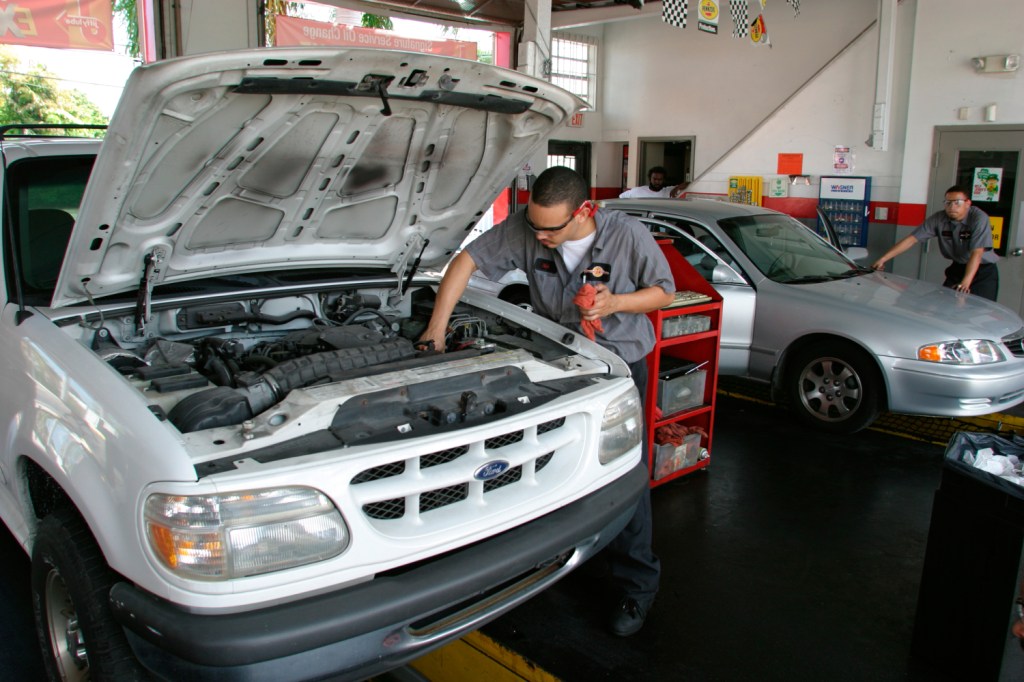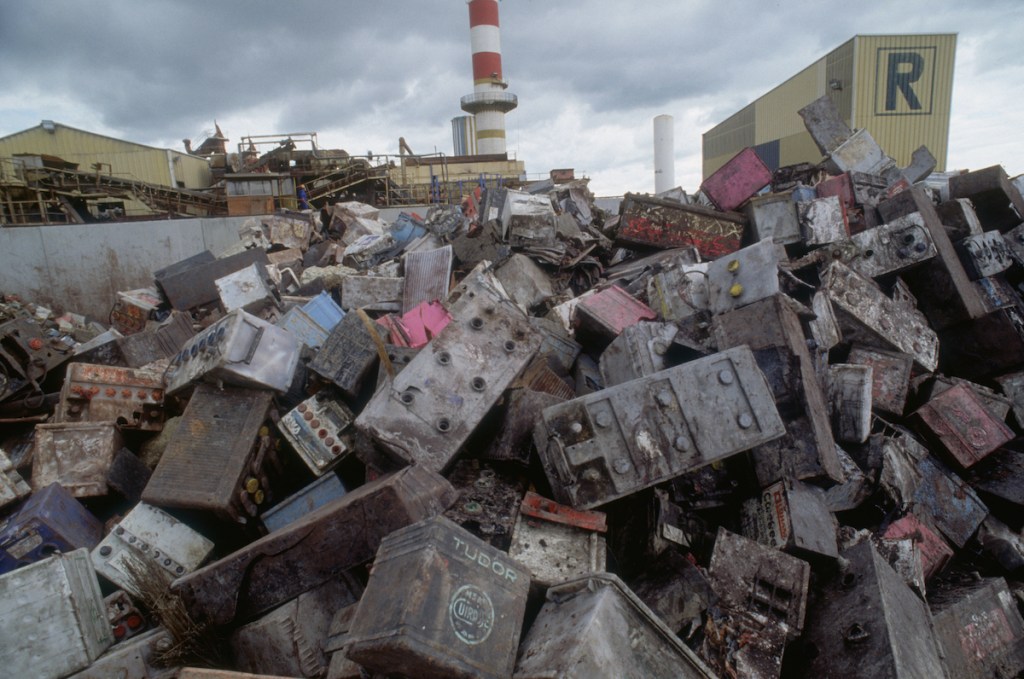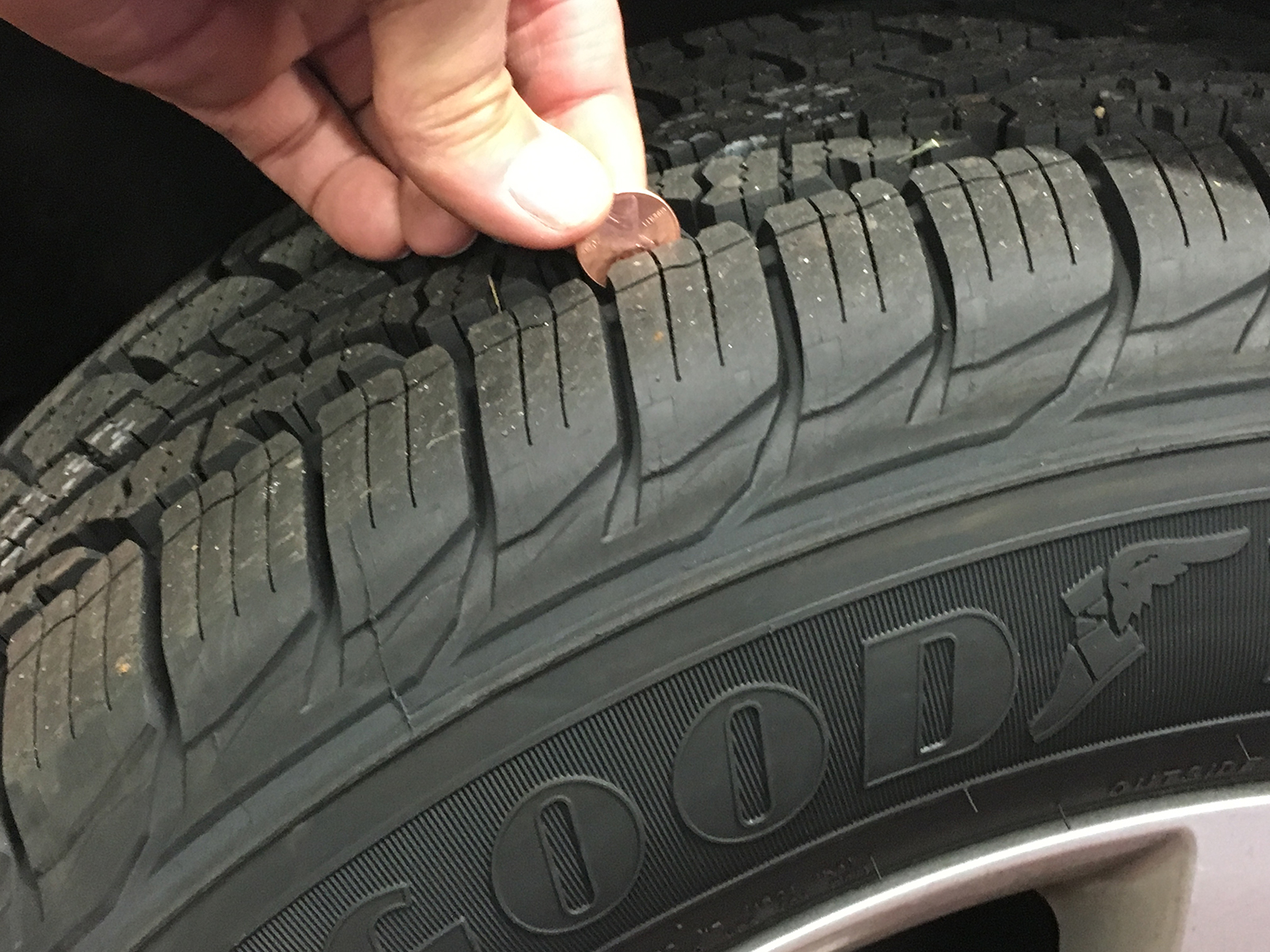
Maintenance Mythbusters: AAA Top 5 Misconceptions for Auto Upkeep
When it comes to car maintenance, it’s hard to tell what advice you should take and what you should disregard. It seems like everyone has a special trick or tip. Furthermore, it seems that everyone willing to give their advice is pretty set in thinking that their way is the only proper way to do things. So, if you’re taking your first steps into maintenance on your own vehicle, it can be a bit of a bumpy road. Here are five common myths about car maintenance to help you get a head start.
You don’t need to change your oil every 3,000 miles

Oil changes are one of the most important things to keep up with on your vehicle. Without proper oil changes, engines can fill with sludge. Ultimately, a lack of oil changes will destroy your engine.
However, the thought that car owners should change their oil every 3,000 miles is antiquated. Modern oil and engine developments have substantially prolonged the life span of an oil change. Check with your vehicle manufacturer for recommended oil change intervals. You’ll likely find that they recommend between 5,000 and 7,500 miles on vehicles 15 years old and newer.
Furthermore, some manufacturers recommend up to 10,000-mile intervals. Finally, with some synthetic oils explicitly developed for longevity, you may not have to change your oil for as many as 15,000 miles.
Car batteries don’t necessarily last five years

According to AAA, 42 percent of surveyed Americans think that a car battery lasts about five years. On the contrary, though, AAA states that five years is on the upper end of vehicle battery life.
Driving habits and climate play considerable roles in the longevity of a car’s battery. AAA responded to 2.1 million battery-related calls last year, and they only expect numbers to increase this summer.
If your car battery is three years old or older, get it tested! Most auto parts stores offer battery testing and charging for free. So, it only makes sense to be positive that your battery is good to go, so you don’t get stranded!
Maintenance must be done at the dealer to retain your warranty

While having your car manufacturer’s dealer perform basic maintenance and service does make it easier to prove that it’s been done in the case of a warranty claim, it isn’t a requirement.
So, feel free to have your car serviced wherever you’d like. However, it is essential to keep track of receipts and service history in the event that you do wind up filing a warranty claim.
Does brake fluid need to be changed?
Though it isn’t something that comes to mind when most folks think of vehicle maintenance, brake fluid does indeed have a life span.
According to AAA, brake fluid attracts and absorbs water. So, water getting into your brake system can result in the internal eroding of brake parts over time. It’s recommended that brake fluid be flushed and refilled every two to three years.
How soon should you replace tires?

Many folks think that tires do not need to be replaced until they reach 2/32” of tread depth. After all, that is the dept that most tires’ wear bars are set at. However, vehicle owners should consider 2/32 to be the absolute maximum wear and should replace tires far sooner.
AAA found that tire performance deteriorates significantly when a tire’s tread reaches 4/32”. When in wet and slippery conditions, tires at 4/32” or lower struggle to gain traction, which affects both acceleration and stopping. So, worn tires require much more stopping space.
It’s imperative that vehicle owners keep an eye on their tires’ tread depth and replace them promptly. Despite where the wear bars are, it’s highly recommended drivers replace their tires at 4/32”.
You’re on your way to being a DIY maintenance pro
Now that you know what basic information is fact and fiction, you’re all set to get started on maintaining your own vehicle. Doing so can save lots of money and leave you feeling satisfied with yourself.
Just remember to always fact check advice that people give you and consult the owner’s manual of your vehicle for official recommendations from the manufacturer.



